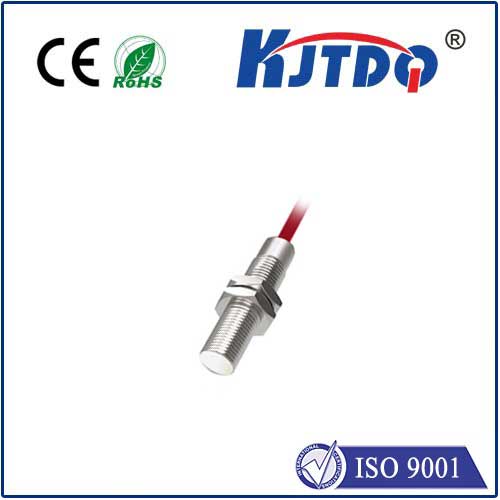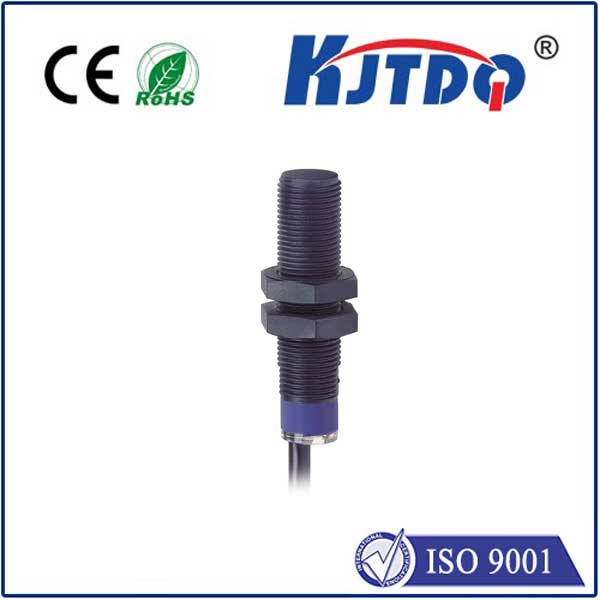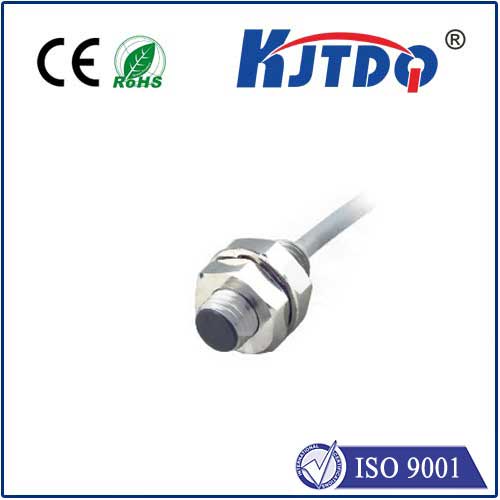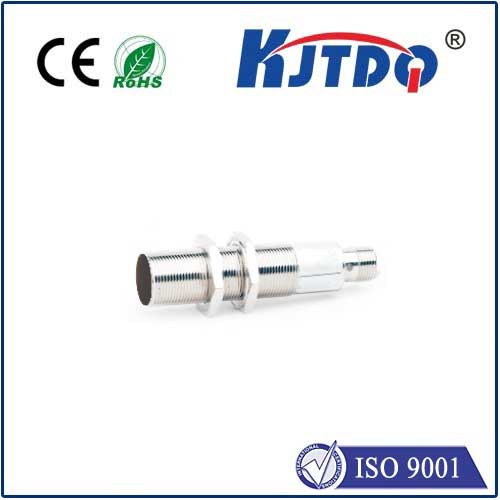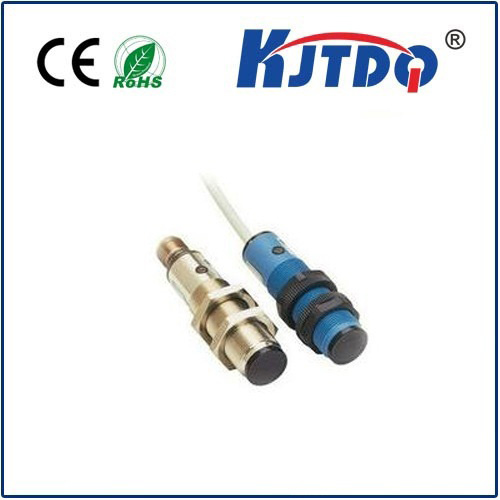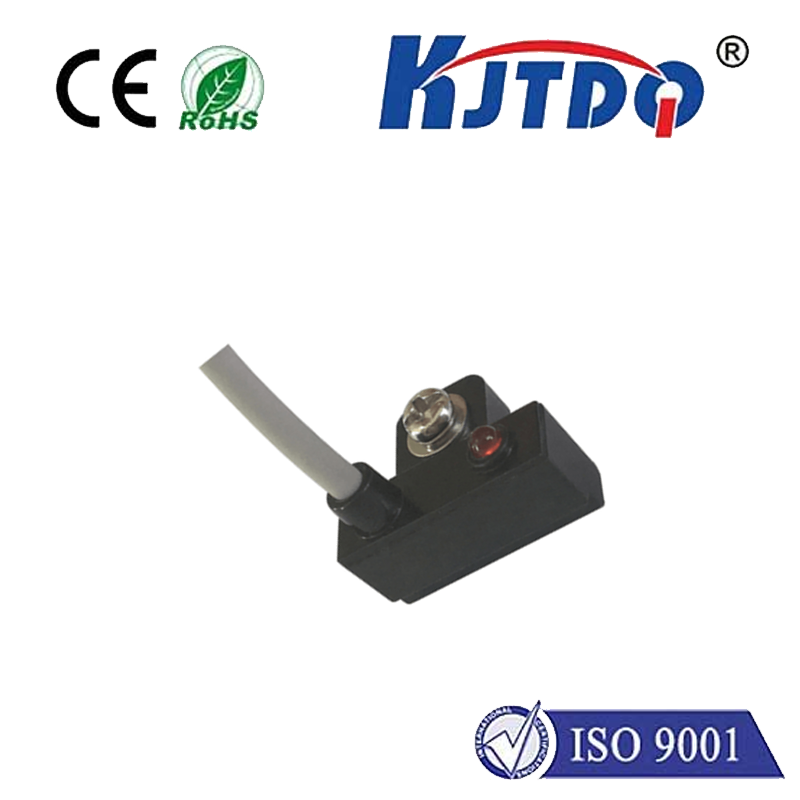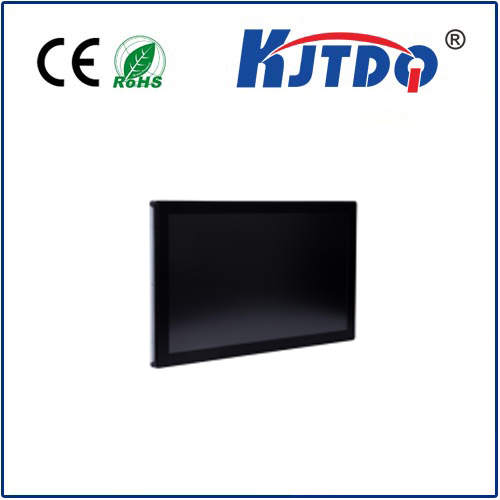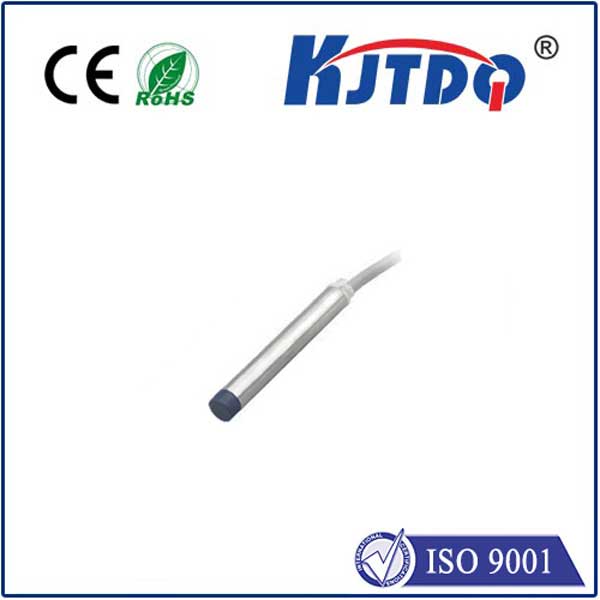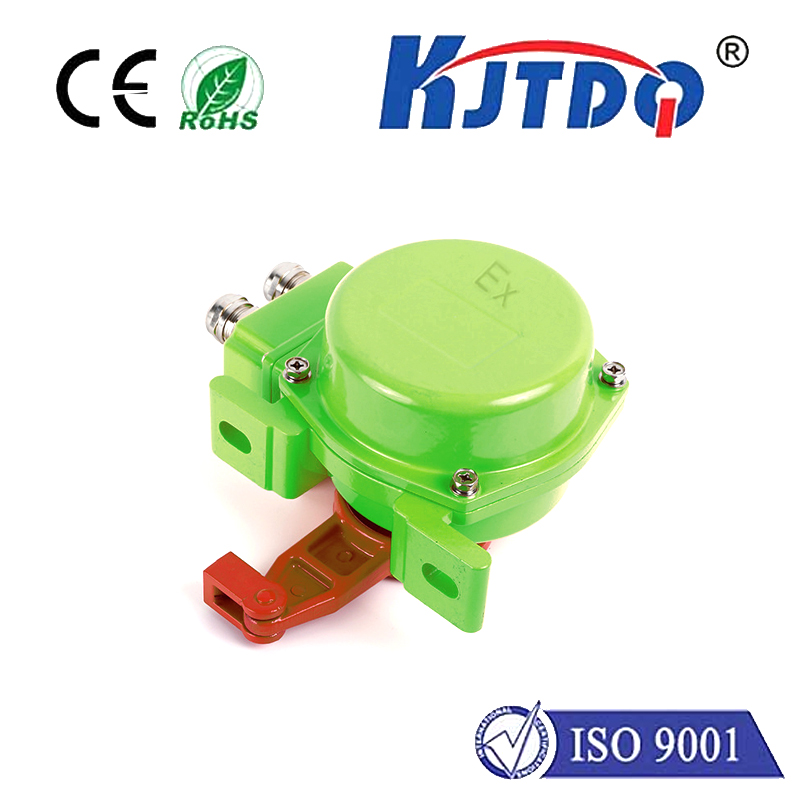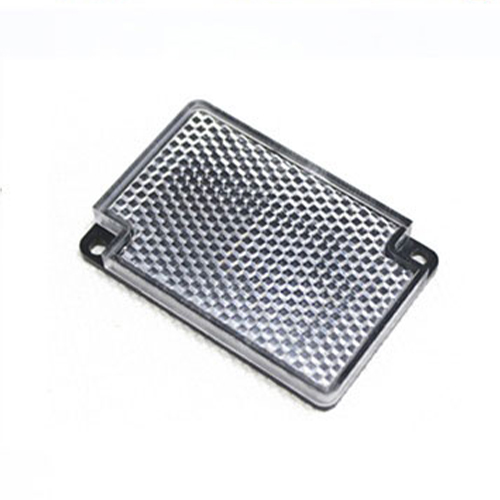

check

check

check

check

check

check

check

check

check

check
Title: Understanding Hoist Limit Switches in Cranes
Cranes are essential pieces of equipment used in industries such as construction, manufacturing, and transportation. They are designed to lift heavy loads and move them from one location to another. However, to ensure the safety and efficiency of these machines, it is crucial to understand the role of hoist limit switches.

Hoist limit switches are electronic devices that are installed in cranes to control their movement. These switches are designed to detect when a load has reached its maximum height or depth, preventing the crane from lifting or lowering it further. This ensures that the crane operates within safe limits, reducing the risk of accidents or damage to the equipment.
There are two main types of hoist limit switches: up-limit switches and down-limit switches. Up-limit switches are responsible for detecting when a load has reached its maximum height, while down-limit switches detect when a load has reached its minimum depth. Both types of switches work together to ensure that the crane operates safely and efficiently.
The installation process of hoist limit switches is relatively simple but requires careful attention to detail. The switch must be mounted on the crane's boom or hook block assembly and connected to the crane's control system. Once installed, the switch can be calibrated to set the desired maximum height or depth for the crane's operation.
In conclusion, hoist limit switches play a critical role in ensuring the safety and efficiency of crane operations. By preventing the crane from exceeding its safe operating limits, these switches help reduce the risk of accidents and damage to equipment. As an essential component of crane technology, understanding how hoist limit switches work is crucial for anyone involved in the operation or maintenance of these machines.
